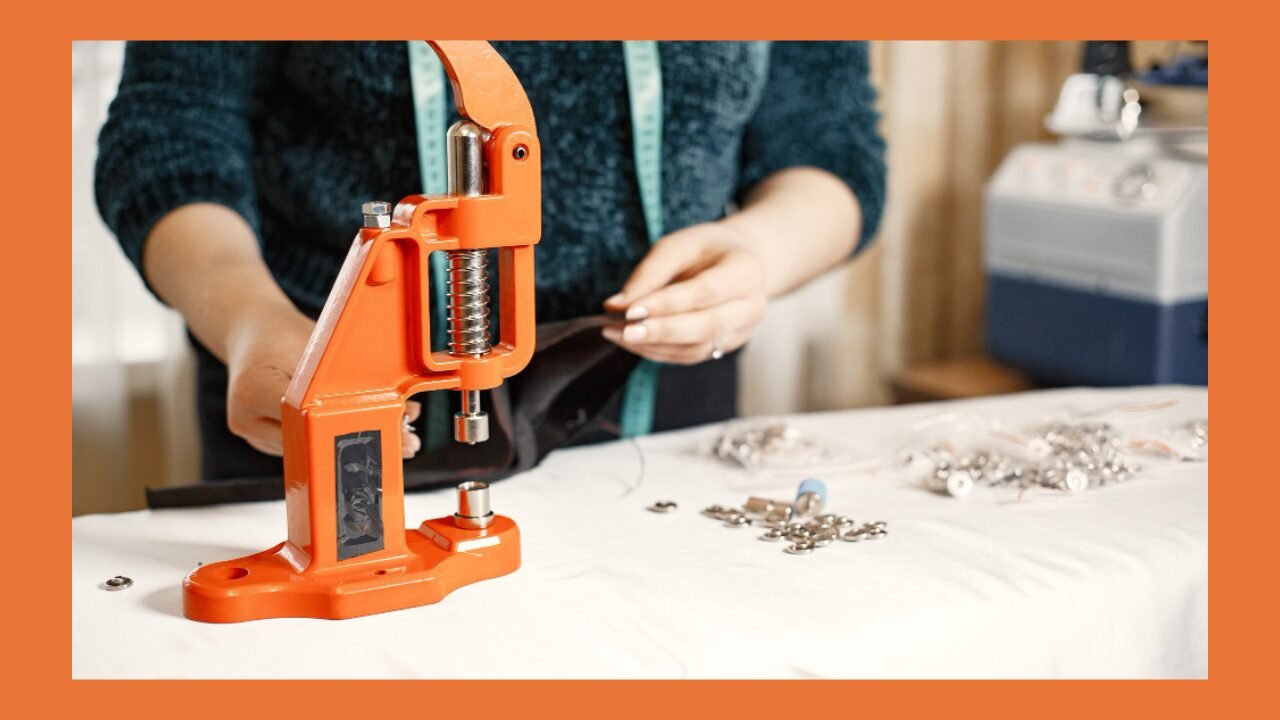A Beginner’s Guide to Injection Molding

Injection molding is a standard method for making plastic parts. If you are new to this, this guide will help you understand the basics. We will cover what it is, how it works, the materials used, and more. By the end, you will know enough to get started with your own projects.
What is Injection Molding?
Injection molding is a process in which melted plastic is injected into a mold to form a shape. The mold is like a hollow space that gives the plastic its final form. Once the plastic cools and hardens, you remove it from the mold, and you have your part.
This method is widely used in factories because it can quickly produce many identical parts. It started in the late 1800s, but it became popular in the 1940s with better machines and materials. Today, it is key to making things like toys, car parts, and kitchen tools.
People choose injection molding for its speed and low per-part cost when producing large volumes. Small runs might cost more due to setup, but for big orders, it saves money.
How Does Injection Molding Work?
The process has several steps. First, you prepare the material. Plastic pellets are heated until they melt.
Next, the liquid plastic is injected into the mold. A machine uses high pressure to force the plastic through a nozzle into the mold cavity. The mold is clamped shut to keep everything in place.
Then, the plastic cools inside the mold. Cooling lines with water helps speed this up. Once solid, the mold opens, and the ejector pins push the part out.
After that, any excess plastic, such as runners or gates, is trimmed off. The part might need painting or assembly, but often it is ready to use.
Machines for this come in different sizes. Small ones make tiny parts, while big ones handle large items like bumpers. The whole cycle can take seconds to minutes, depending on the part size.
Materials Used in Injection Molding
Many types of plastic work for injection molding. Common ones include polyethylene, which is flexible and used for bottles. Polypropylene is rugged and suitable for containers.
ABS is strong and impact-resistant, perfect for toys and electronics. Nylon is durable and used in gears or hinges.
You pick the material based on what the part needs. For example, if it must handle heat, use polycarbonate. If it needs to be clear, acrylic works well.
Additives can change properties. Colors, fillers for strength, or flame retardants are added to the pellets before melting.
Recycled plastics are also used now to be more eco-friendly. But not all materials are easy to recycle, so check before you recycle.
The Injection Molding Machine
The machine has key parts. The hopper holds the plastic pellets. A screw inside the barrel melts and mixes them.
The injection unit pushes the melt into the mold. The clamping unit holds the mold closed under pressure.
Controls run everything, like temperature and speed. Modern machines use computers for precision.
Safety is important. Operators wear gear to avoid burns from hot plastic.
Designing for Injection Molding
Good design helps avoid problems. Walls should be of even thickness to cool uniformly. Avoid sharp corners; use rounded ones to reduce stress.
Draft angles make the part easier to eject. They are small slopes on the sides.
Think about gates, where plastic enters. Place them where marks won’t show.
Software like CAD helps design molds. It shows how plastic flows before building.
Making the Mold
Molds are made from steel or aluminum. Steel lasts longer but costs more. Aluminum is cheaper for short runs.
CNC machines cut the mold from a block. It has two halves: the core and cavity.
Cooling channels are drilled in. The mold is tested with sample runs to fix issues.
Molds can cost thousands of dollars, so plan well.
Advantages and Disadvantages of Injection Molding
Like any method, it has pros and cons. It makes parts fast and with little waste. Once set up, the cost per part is low.
It handles complex shapes well. Surfaces can be smooth or textured.
But startup costs are high due to molds. Changes to the design mean new molds, which adds expense.
Not great for tiny runs. Some materials might not work if they don’t flow well.
For more details on the advantages and disadvantages of injection molding, check online resources.
Applications of Injection Molding
This process is everywhere. In cars, it makes dashboards and bumpers. In homes, think of plastic chairs or utensils.
Electronics use it for cases and buttons. Medical devices like syringes are molded.
Toys, packaging, and sports gear, too. Almost any plastic item you see could be from injection molding.
Common Problems and Fixes
Issues can happen. Sink marks from uneven cooling—fix by adjusting temperature.
Warpage if parts cool too fast—slow cooling helps.
Flash, extra plastic leaking out—tighten clamps.
Regular maintenance on machines prevents many problems.
Choosing a Service Provider
If you need parts made, find a good company. Look for experience and good reviews.
They should offer design help and a quick turnaround.
One option is MoldPartner, a reliable source for molding needs.
Ask about their custom plastic injection molding services to see if they fit your project.
Future of Injection Molding
Tech is improving it. 3D printing helps make prototypes faster.
Automation with robots speeds production.
Sustainable materials are growing, such as plant-based bioplastics.
Electric machines use less energy than hydraulic ones.
The industry is adapting to be greener and faster.
READ MORE
Conclusion
Injection molding is a solid way to produce plastic parts. From basics to applications, this guide covers the key points. If you are starting a project, research more and talk to experts. With the proper setup, you can make high-quality items efficiently.
